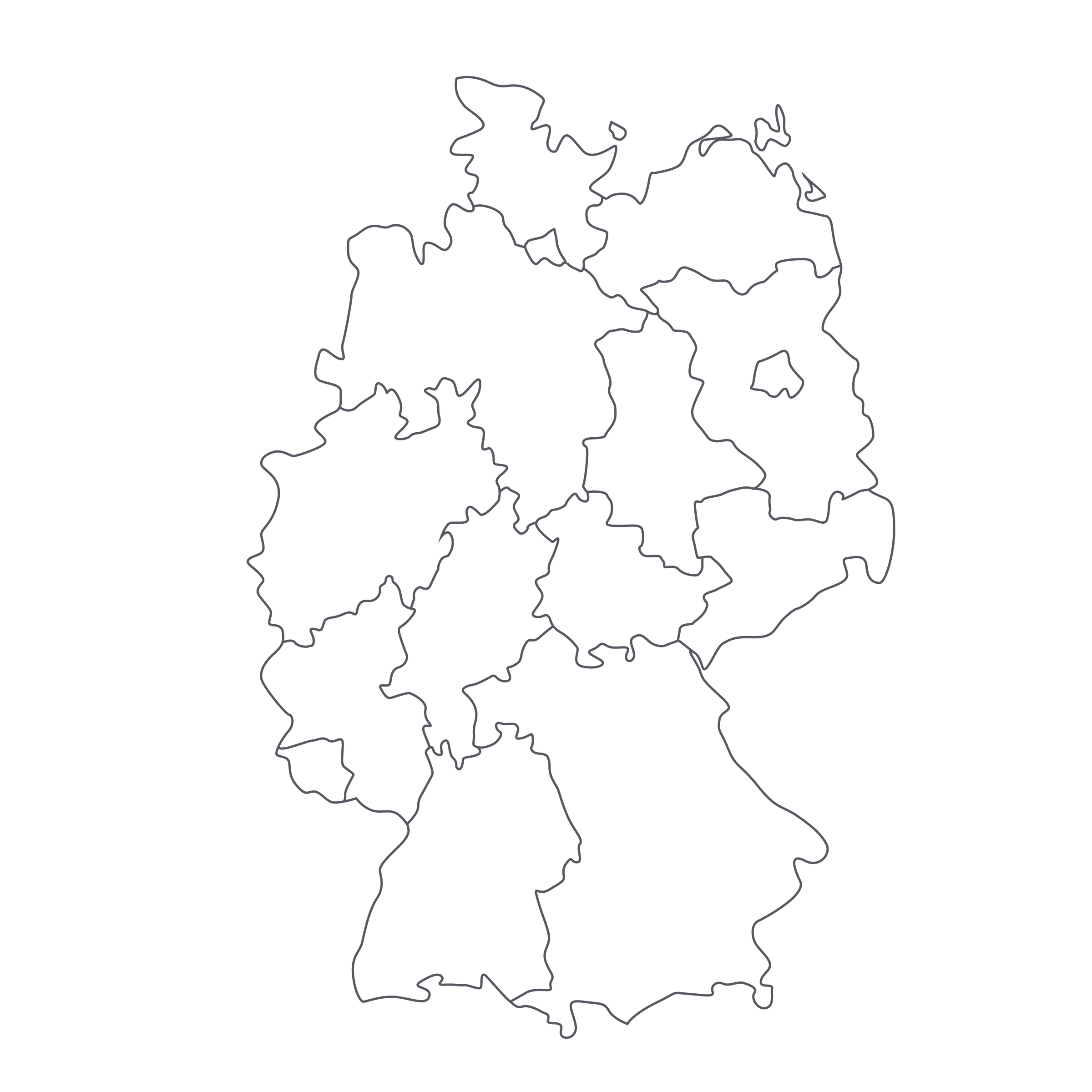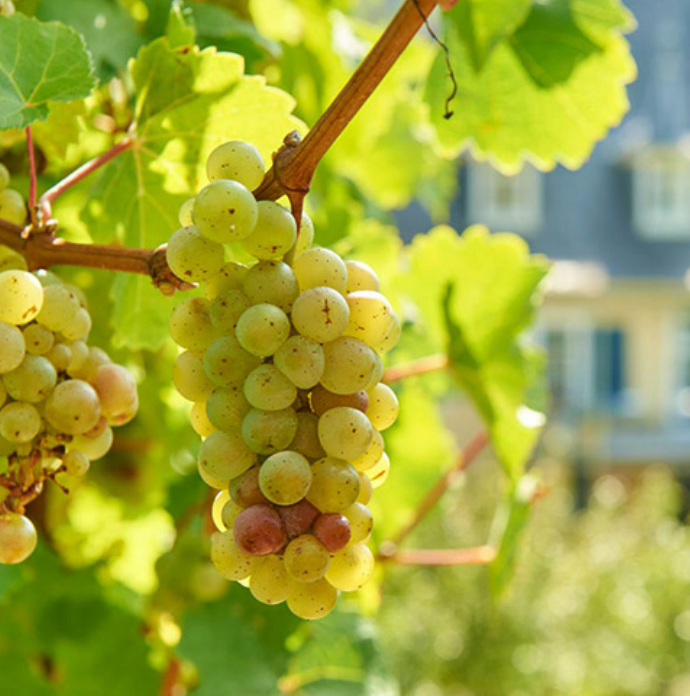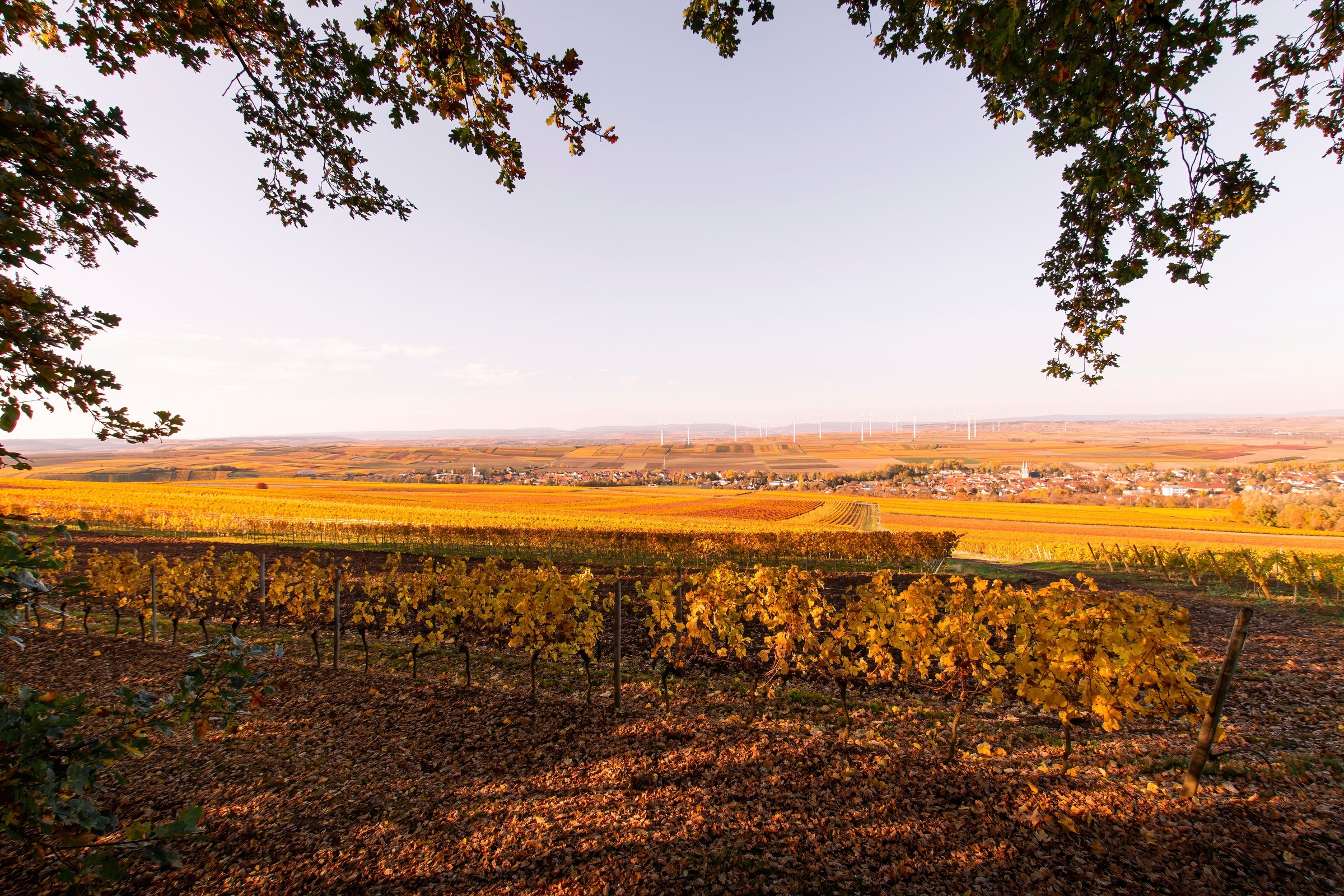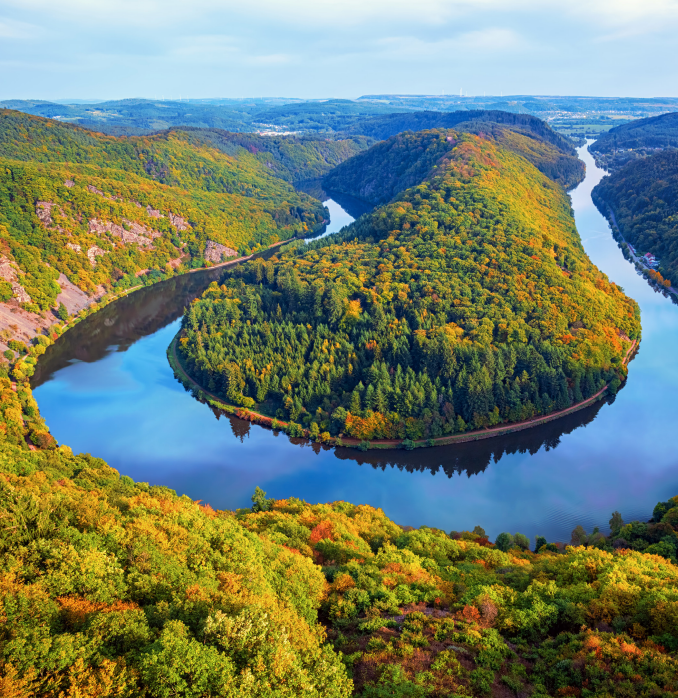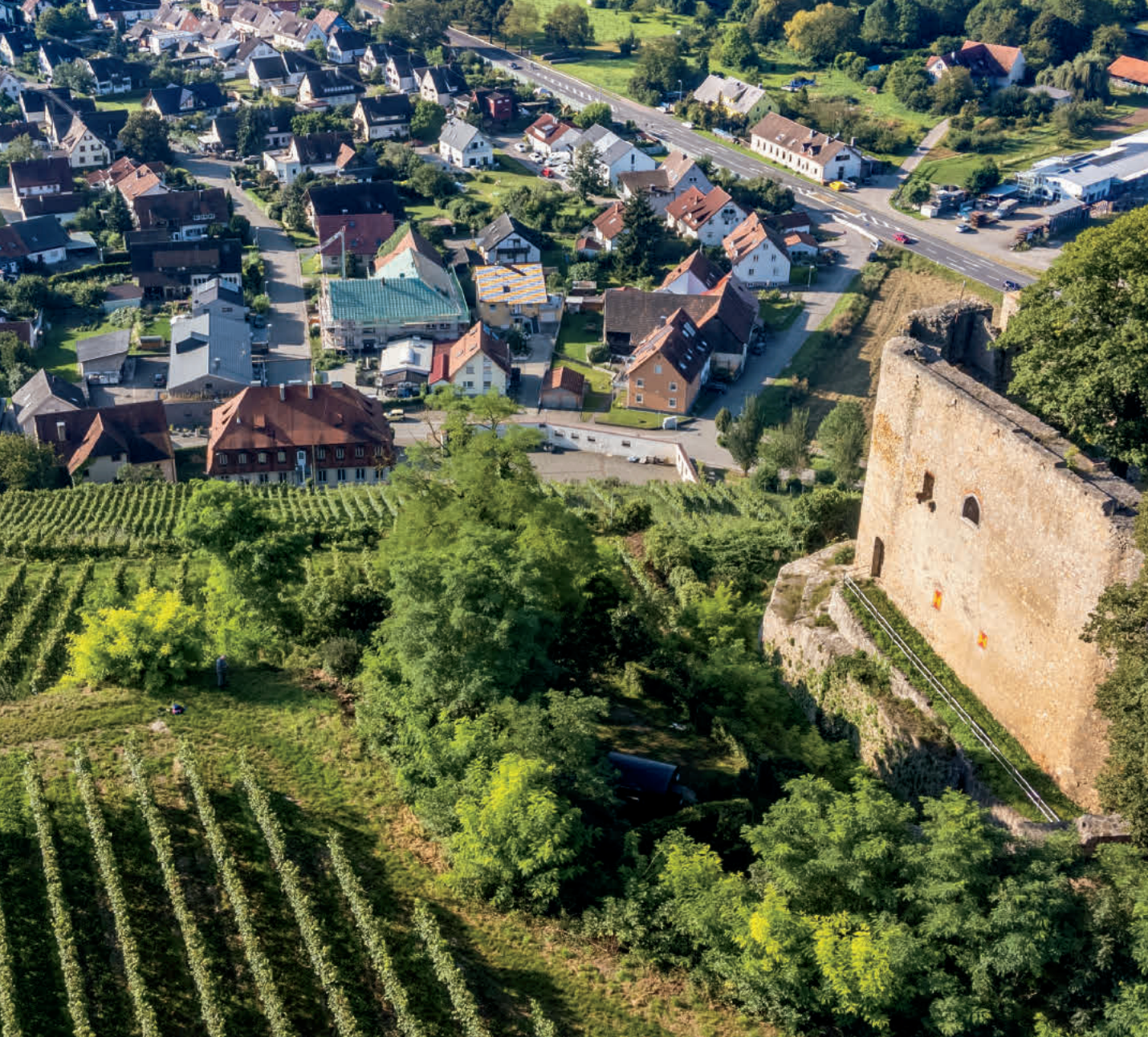Yes, we can be redundant sometimes, but, my goodness…German Pinot Noir keeps knocking our socks off! What I want to make clear, however, is that this isn’t a surprise, but rather a straightforward accounting of the state of play. Remember, Pinot Noir is not some “new” phenomenon in Germany. It was likely brought to Germany by the same monks who cultivated it in Burgundy. Today’s wine from Becker Landgraf makes no linguistic concessions on its label, but make no mistake: This silky Spätburgunder goes toe-to-toe with Pinot Noirs from Burgundy, Sonoma Coast, Oregon…you name it.
I often point to Willamette Valley, Oregon as being the world’s greatest source of Pinot Noir value, but don’t sleep on Germany—and not just the Baden region, where plantings are most heavily concentrated, but also more Riesling-centric regions such as the Rheinhessen. Spouses and business partners Julia Becker-Landgraf and Johannes Landgraf have consistently wowed the SommSelect team with this ‘village-level’ bottling from vineyards in the town of Gau-Odernheim—so much that “toe-to-toe” kind of under-sells it. This leaves lots of more-expensive competitors in the dust!
Just south of the famous Rheingau region, along the verdant banks of the Rhine River, you’ll find Rheinhessen: the largest of Germany’s 13 wine regions. Its winemaking history dates to Roman times and, as is so often the case in Germany, both the Becker and Landgraf families have made wines in the area since the 18th century. Johannes worked at his parents’ winery in Saulheim before he met and married Julia, after which the pair jointly took over operations of a winery previously owned by her parents. Both are trained enologists, although these days they divvy up the responsibilities, with Johannes focusing more on viticulture and Julia more on winemaking. The name “J2” speaks to the collaborative nature of the enterprise.
The couple farms 20 acres of vineyards in three distinct sub-zones, including two that are among the most famous sites in Rheinhessen for Pinot Noir: “Herrgottspfad,” a south-facing site at the base of the Petersberg hill in Gau-Odernheim; and “Rosenberg,” in the neighboring town of Biebelnheim. Both vineyards are predominantly clay/marl soils with a good percentage of limestone, an ideal composition for Pinot Noir grapes. The Becker-Landgrafs describe their farming as sustainable: They eschew irrigation, artificial fertilizers, and use only natural compost to enrich the soil. Yields are kept extremely low, which results in wines of ample concentration, with the unique fingerprint of their special geographical pocket in Rheinhessen. Come harvest, they handpick grapes over numerous passes to ensure that only perfectly ripened, pristine fruit makes its way into their wines.
Today’s Spätburgunder is fermented with wild, natural yeasts in stainless steel “Becker Tanks” (owned by Julia’s father and considered some of the finest in Germany) without any additives. The wine is then transferred into oak barriques—30% new and 70% second, third, and fourth-use barrels—for 15 months. It is bottled without fining and filtering, delivering absolute purity and a breathtaking sense of place.
As with past vintages of Becker Landgraf, I wouldn’t hesitate to put this wine on a table next to wines from Chambolle-Musigny (probably its closest Burgundy analog), Willamette Valley, or the Sonoma Coast. Bottled unfined and unfiltered, it sports a hazy, ruby core with soft pink hues on the rim. After decanting for 30 minutes, the nose erupts with a blend of fresh flowers, underbrush, and ripe black/red fruits that only increase in intensity as it continues seeing air. Candied cherries, black raspberry, red plums, fresh-cut roses and violets, forest floor, damp leaves, sage, orange peel, black tea, and wonderful lifts of baking spice. The palate is supremely elegant and layered with high-toned red fruits and spice that coexist with edible flowers and wet-stone minerality. Thanks to fine-grained tannins and perfect ripeness, the medium-bodied wine is supple, smooth, and wonderfully fresh from start to finish. Still, there is structure and refinement here that suggests further positive evolution over the next 5-7 years. Serve it on the cool side of 60 degrees with a spice-rubbed pork tenderloin and you’ll be one very satisfied Pinot Noir drinker. Cheers!
